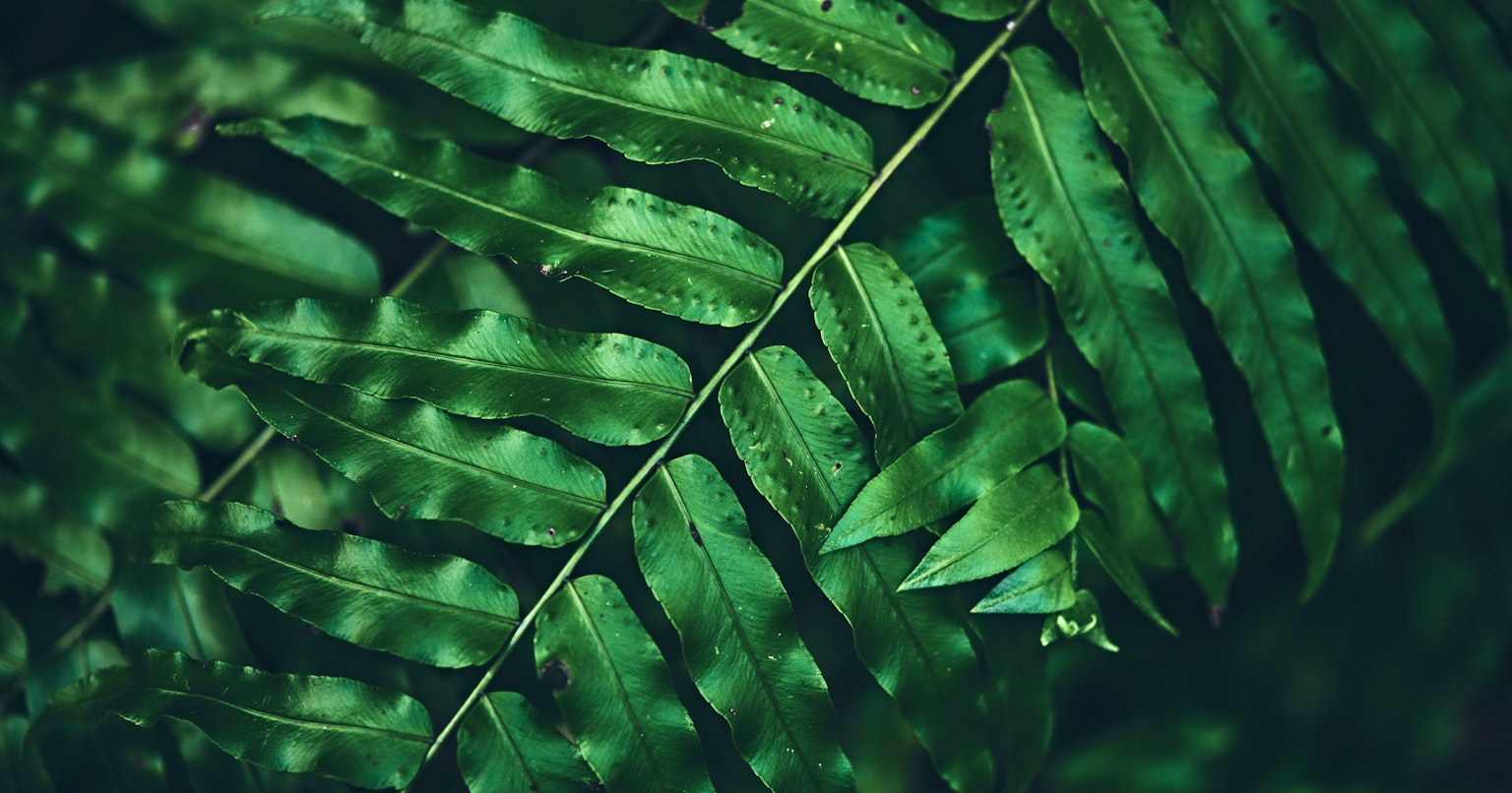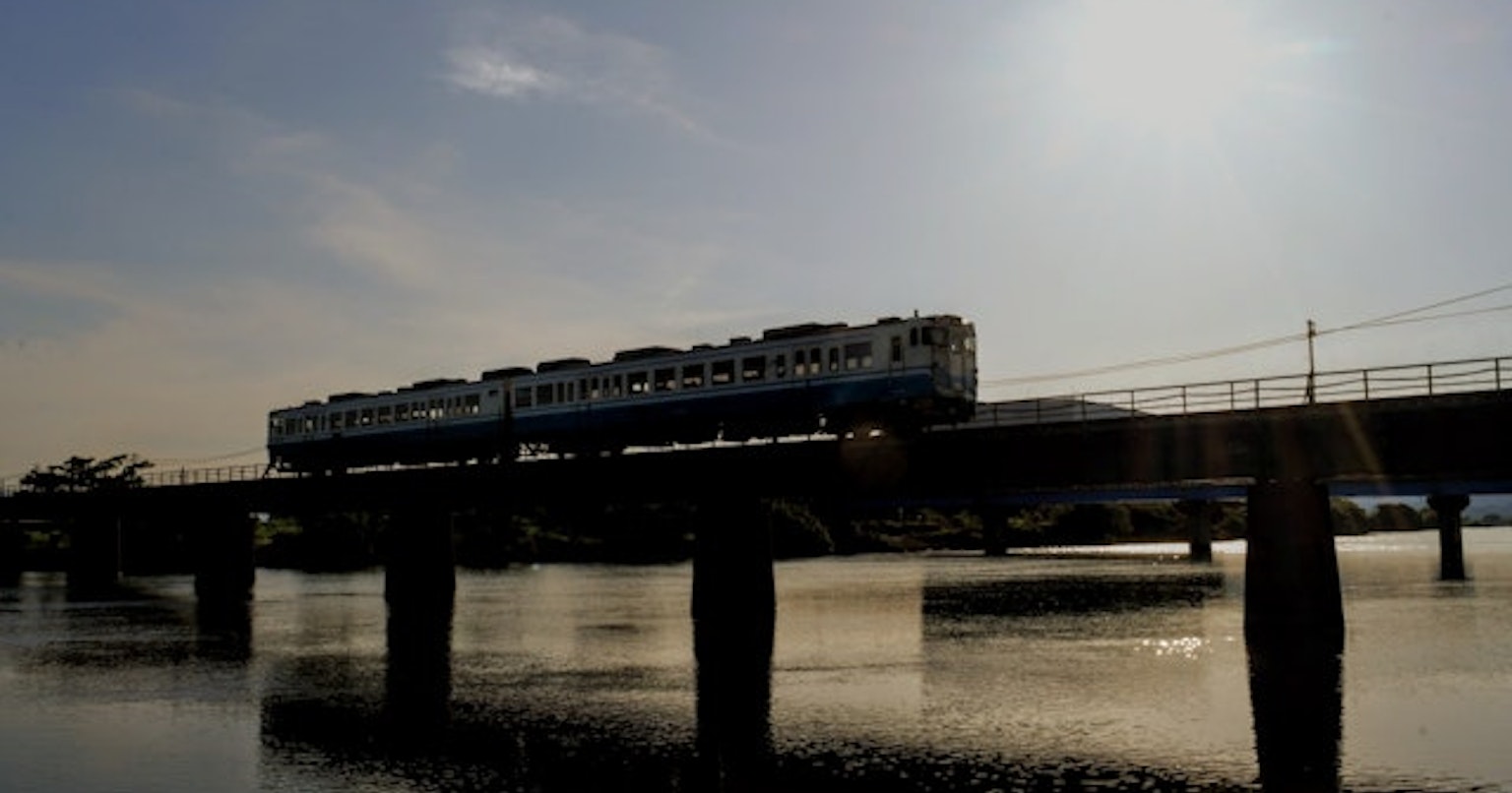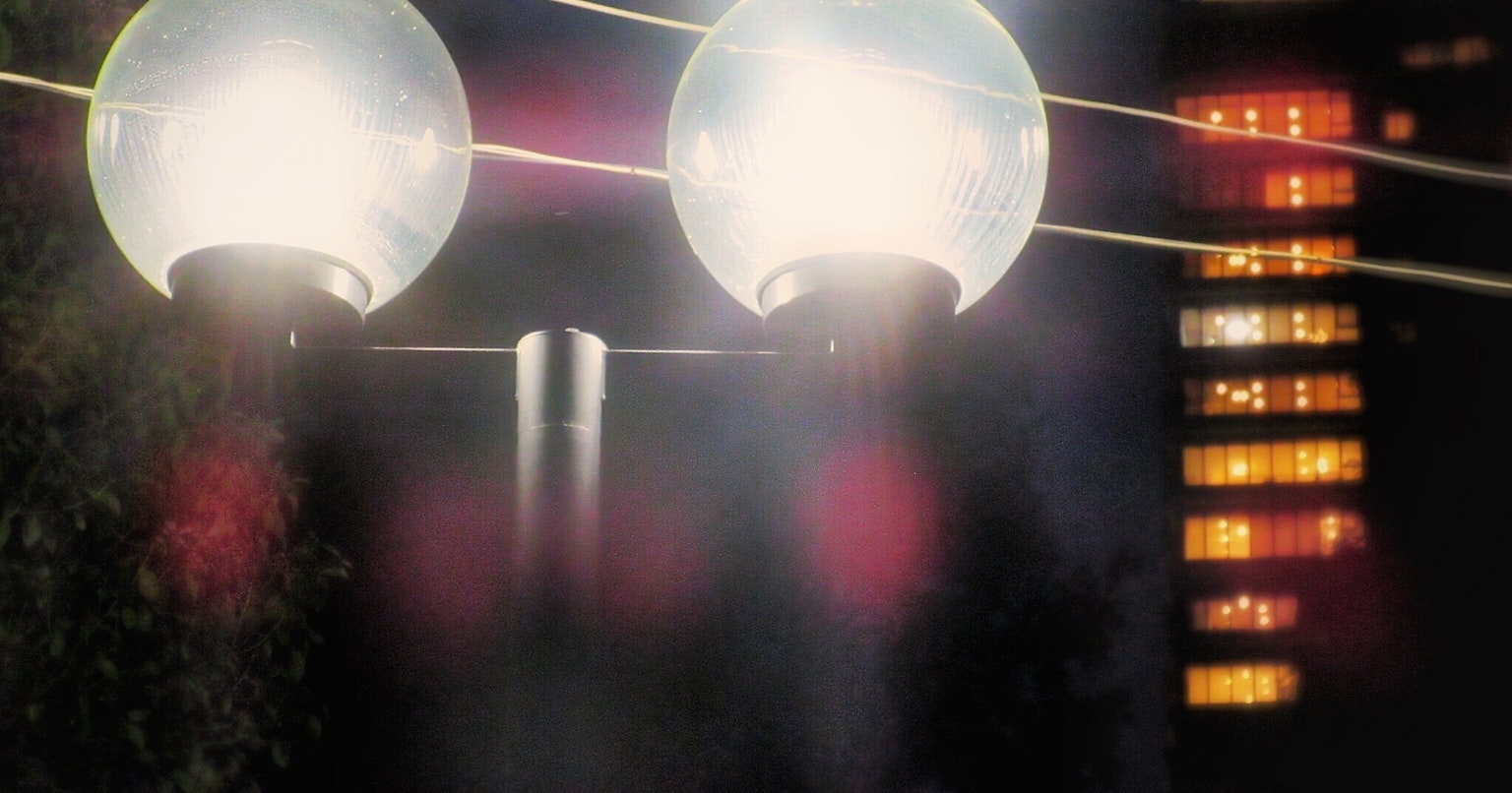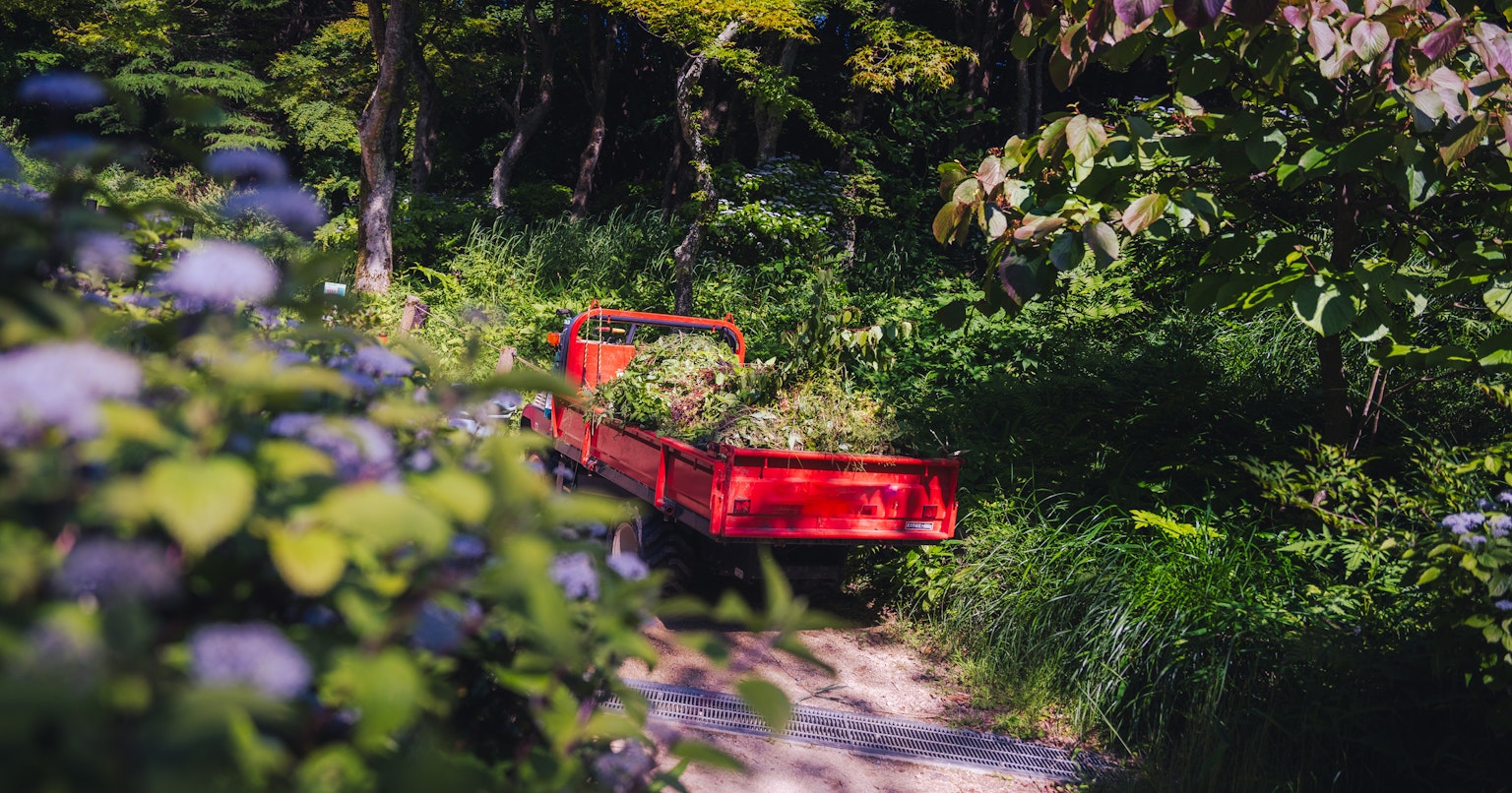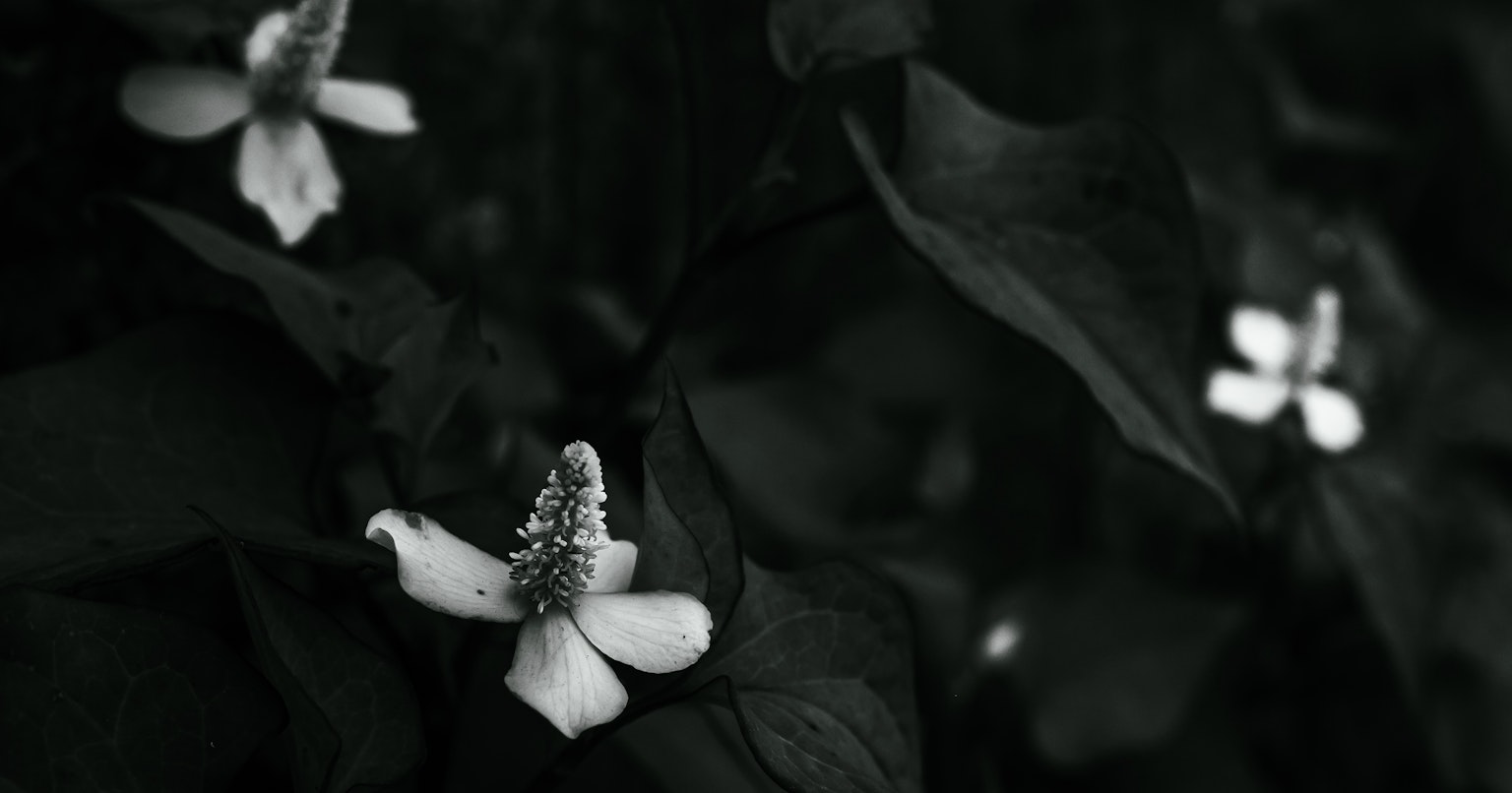
cover image by 黒路
Did you know that flowers can be a challenging subject to photograph?
Many people have probably snapped a picture of flowers blooming by the roadside or in a garden. However, the strong presence of flowers can make it difficult to reflect the photographer's perspective.
This time, we introduce tips for capturing beautiful flower photos while maintaining originality.
Use Natural Light by Favoring Morning and Evening Light
First, let's focus on how to use light. The best times for flower photography are during the 'Golden Hour' in the morning and evening, and the 'Blue Hour' before sunrise or after sunset. These times offer soft light that beautifully highlights the details and colors of flowers.
Try using backlighting to express the silhouette and transparency of flowers. Backlighting can create soft light by shining through the petals. Cloudy days are also ideal for flower photography as natural light spreads evenly, capturing the details of flowers clearly.
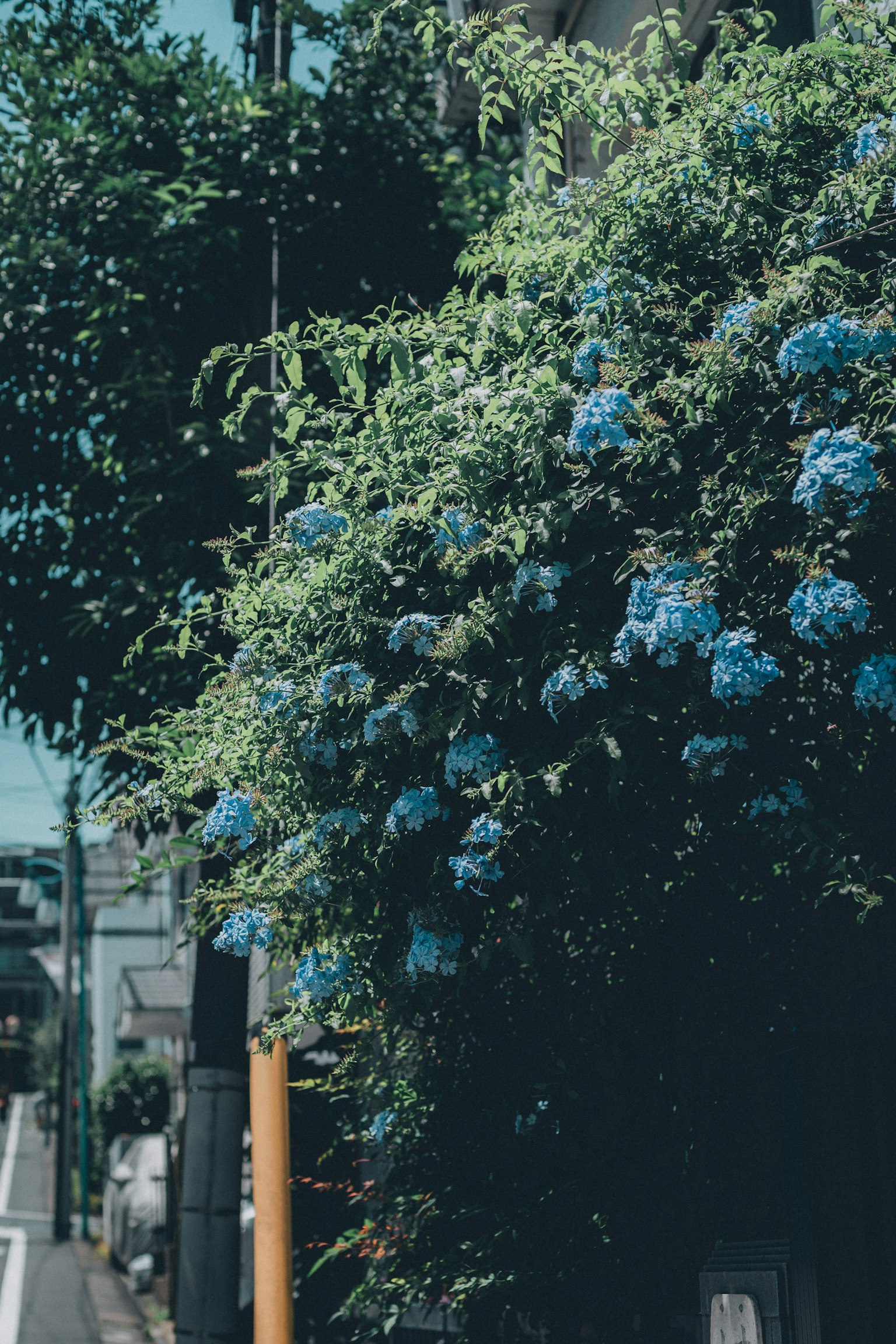
Image by yama.
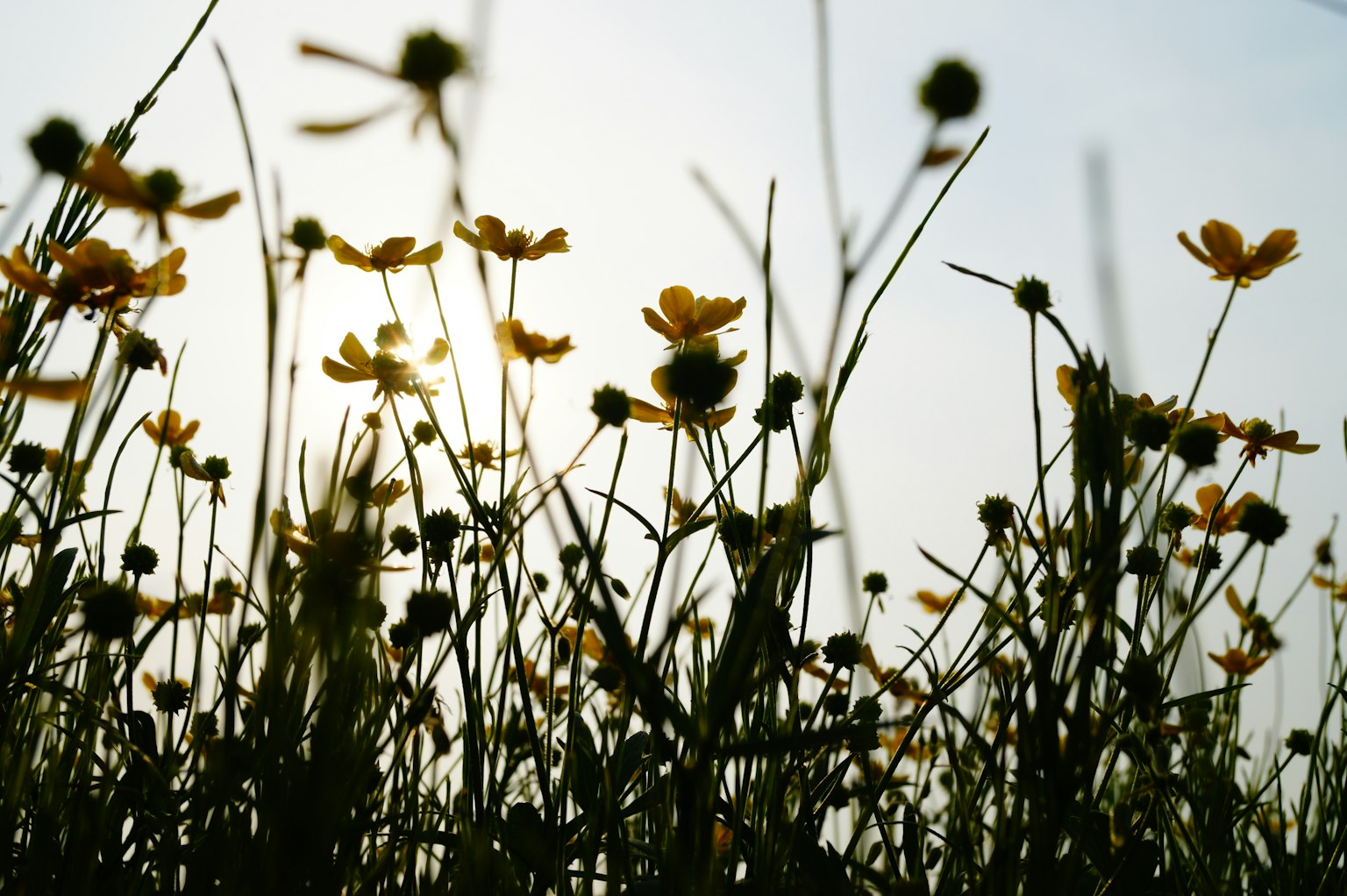
Image by daphoto
Choosing Backgrounds and Mastering Bokeh
Selecting a simple background can make the flower stand out. Additionally, blurring the background can enhance the beauty of the flower. To achieve bokeh, get closer to the subject and set the aperture wide open.
Composition is also important. Using the basic rule of thirds can make a photo look balanced. Instead of placing the flower at the center, offsetting it slightly can create a sense of movement and rhythm. Changing your perspective, such as shooting from a low angle, can also be effective.

Image by pwaiチッタ
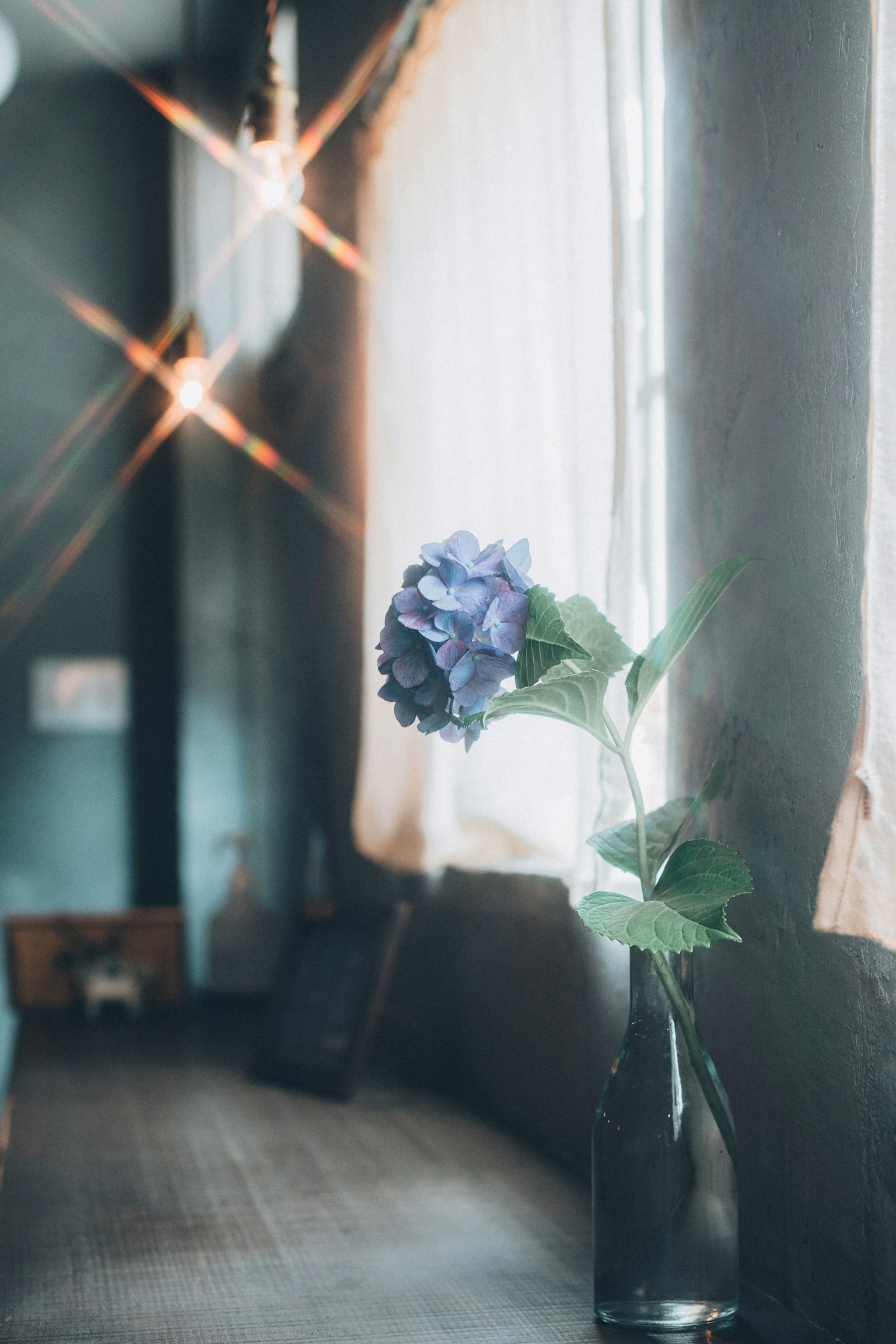
Image by yama.
Focusing on Flower Details with a Macro Lens
In macro photography, using a macro lens allows you to capture the intricate details of flowers. A macro lens with a focal length between 50mm and 100mm is recommended. The longer the focal length, the more beautifully you can blur the background.
To emphasize the details of flowers, use a tripod to prevent camera shake and focus on the fine details. Additionally, using the focus bracket function to shoot at multiple focal distances and editing later can create photos with sharp focus throughout.
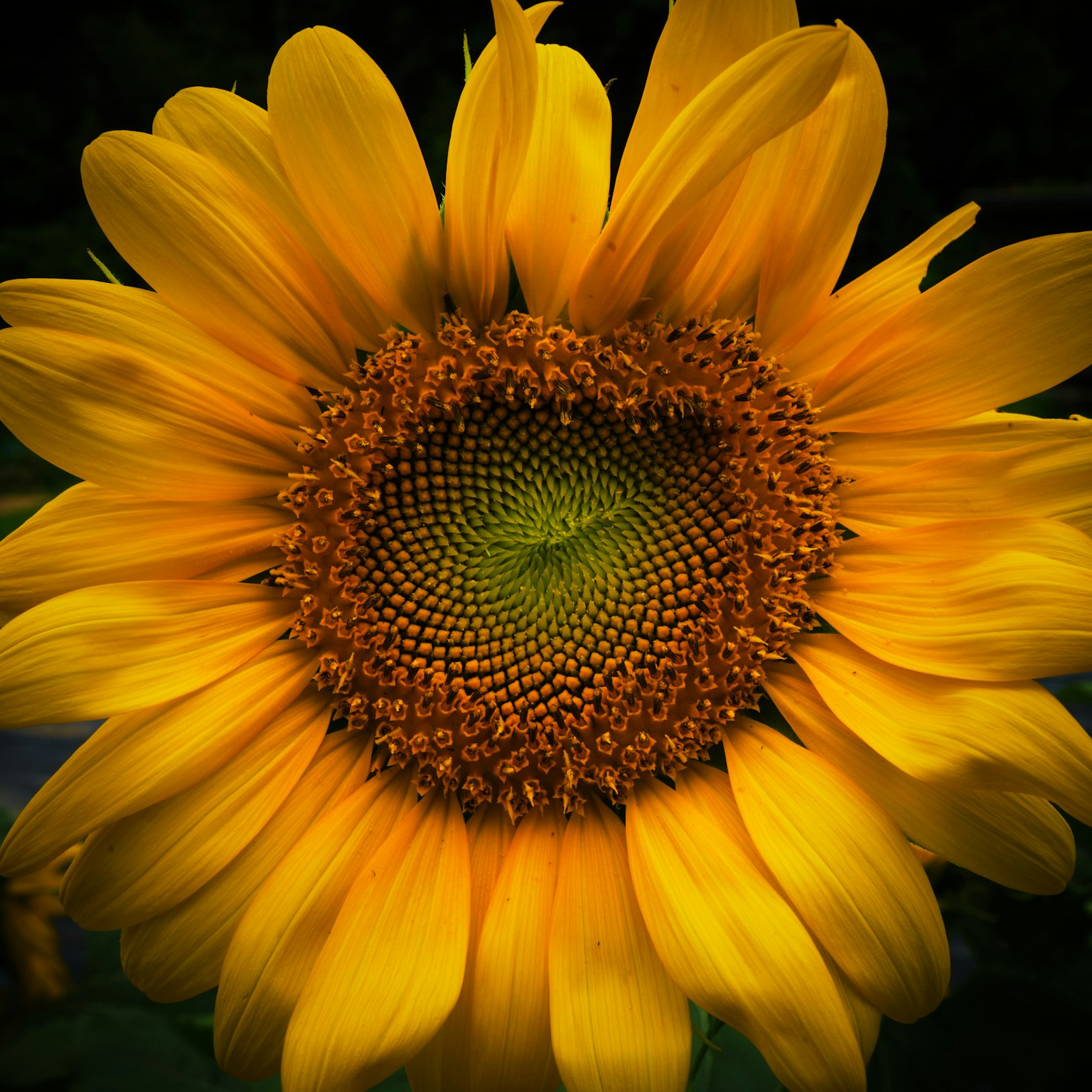
Image by hassy
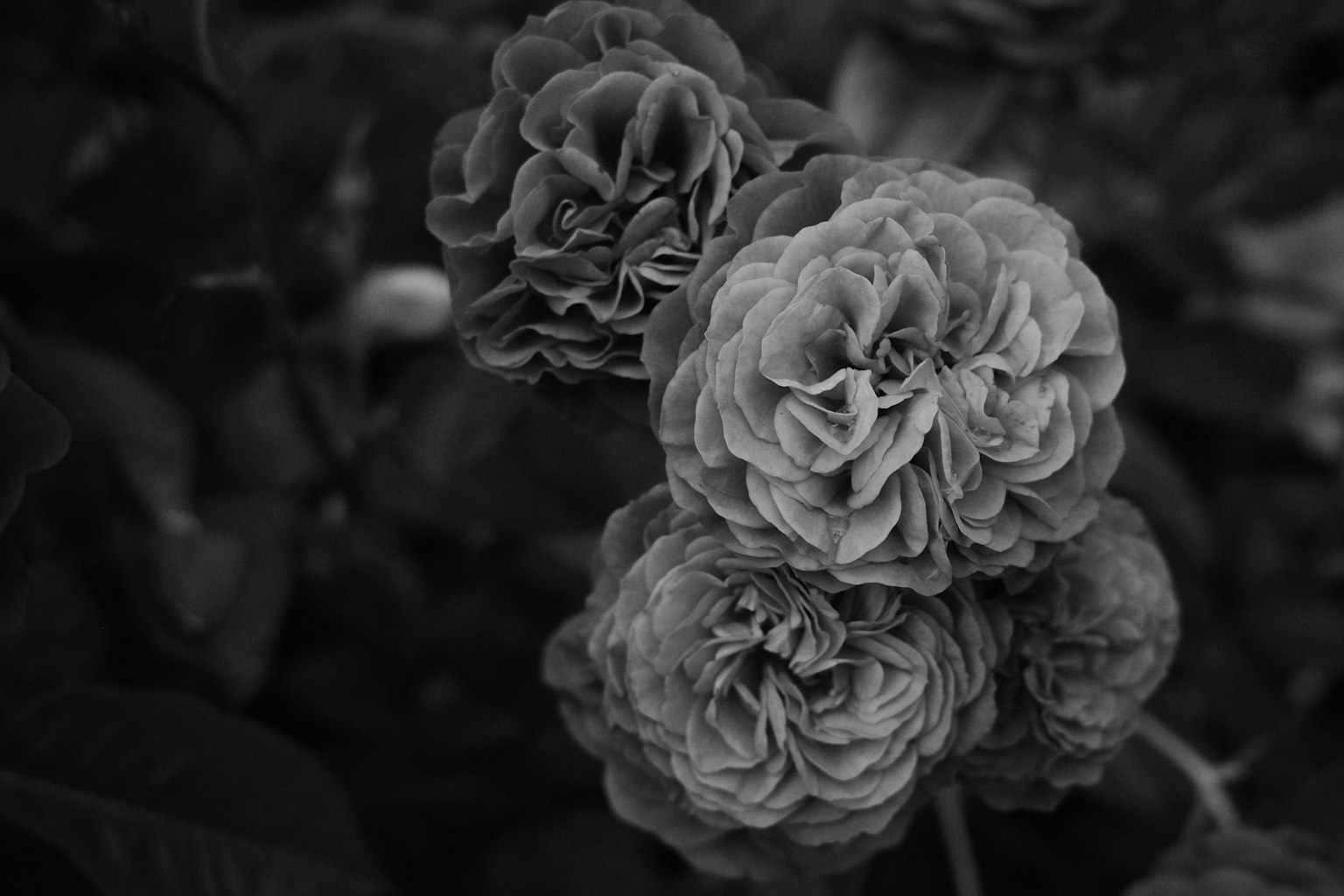
Image by Jang Kumi
Expressing Color and Texture
Color adjustment is also essential in flower photography. Adjust the white balance to ensure the flower's colors appear natural. Additionally, fine-tuning saturation and contrast in post-processing can enhance the vibrancy of the flowers.
To highlight texture, use light from an angle to create shadows and emphasize the texture of the petals. In close-up photography, ensure the focus is sharp to capture the fine textures of petals and leaves.
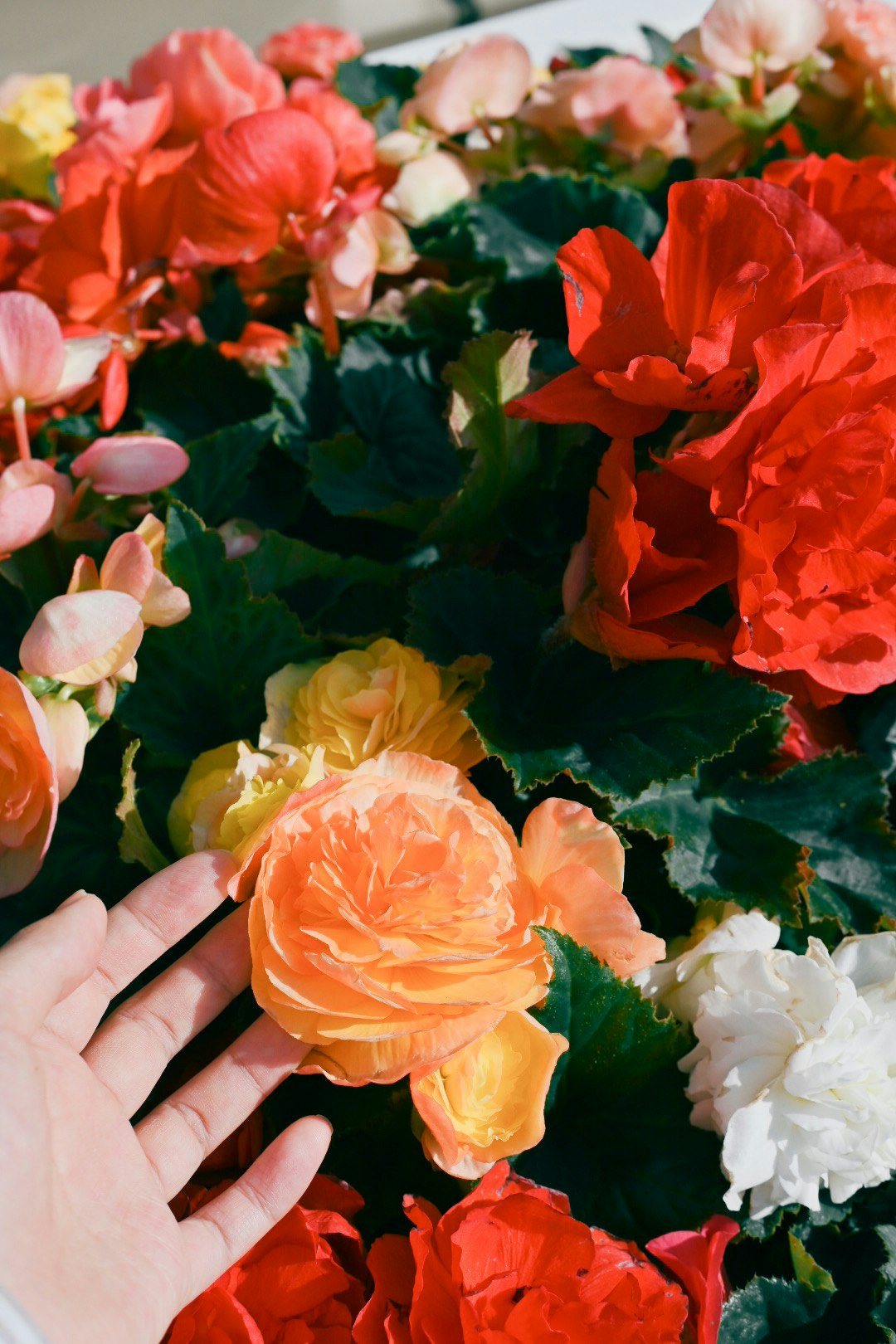
Image by えみ

Image by Ikumi Watanabe
Kyoto Botanical Gardens '100 Years of Green' is Ongoing!
How was that?
Photographing flowers to make them stand out is challenging, but it also brings great joy. The sense of achievement when you capture a good shot is unparalleled. Currently, to commemorate the 100th anniversary of the Kyoto Botanical Gardens, the photo contest '100 Years of Green' is ongoing! We look forward to your entries.
At cizucu, we run hashtag campaigns and photo contests to inspire photography activities. Register on the app and check out the latest content.
